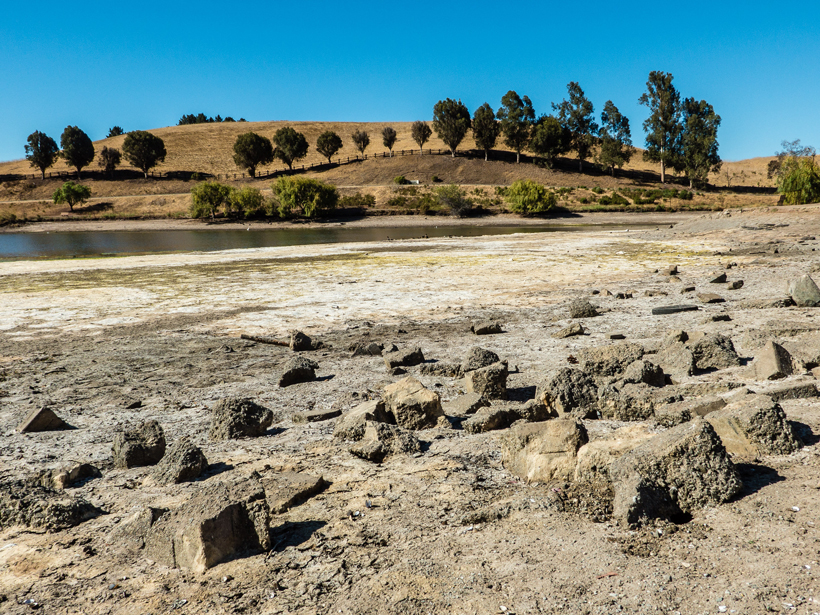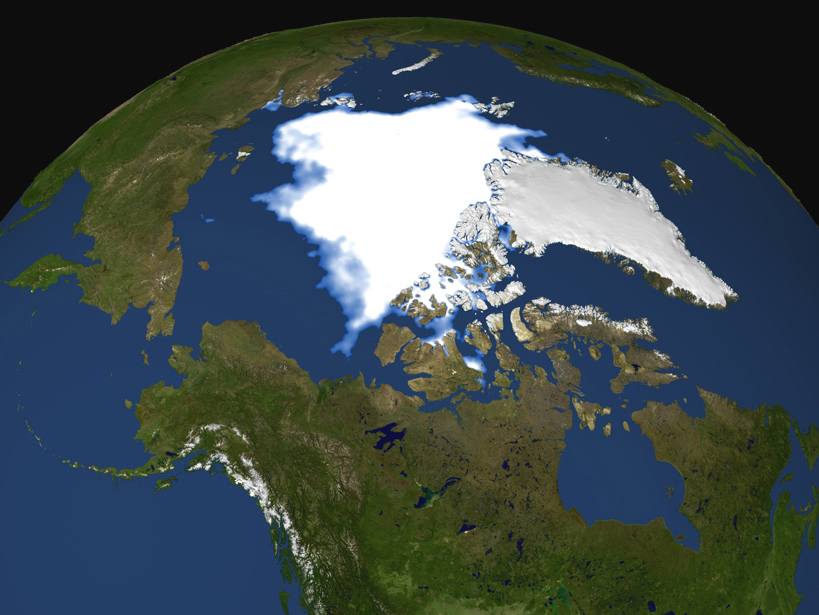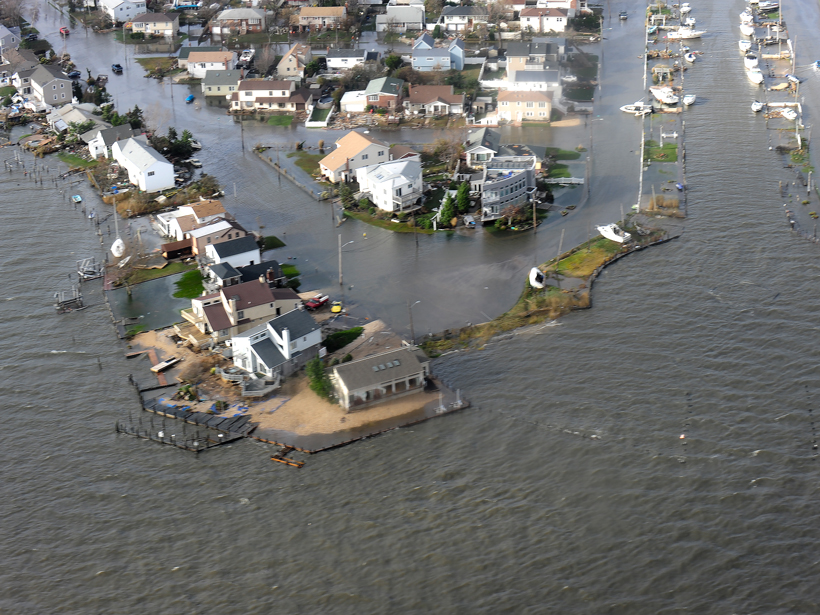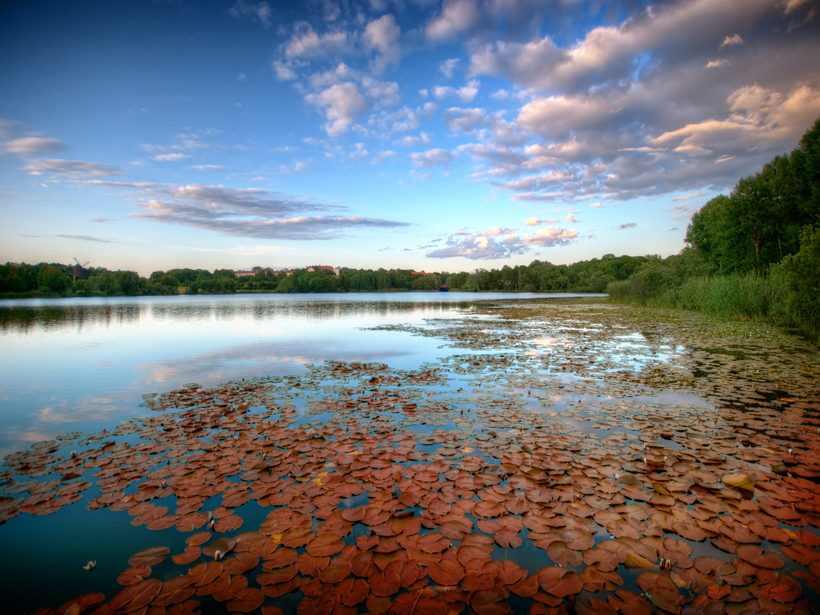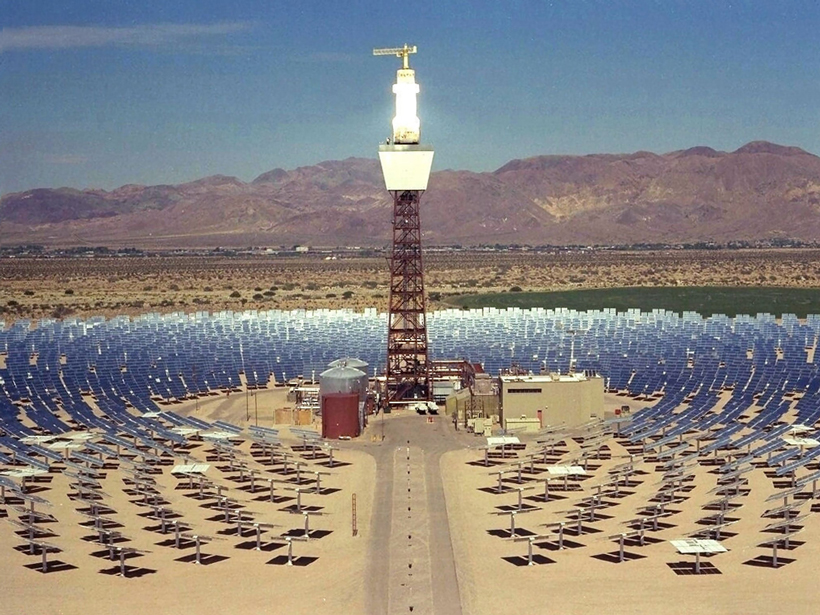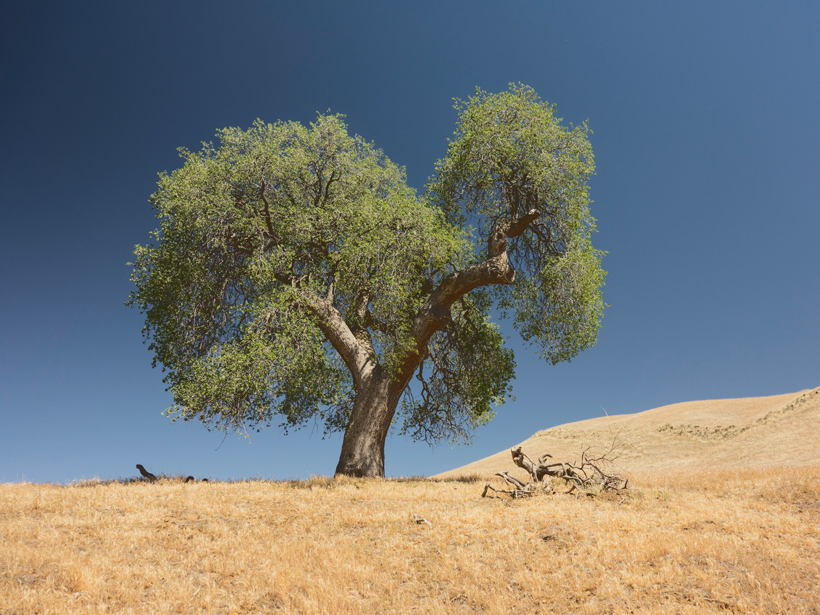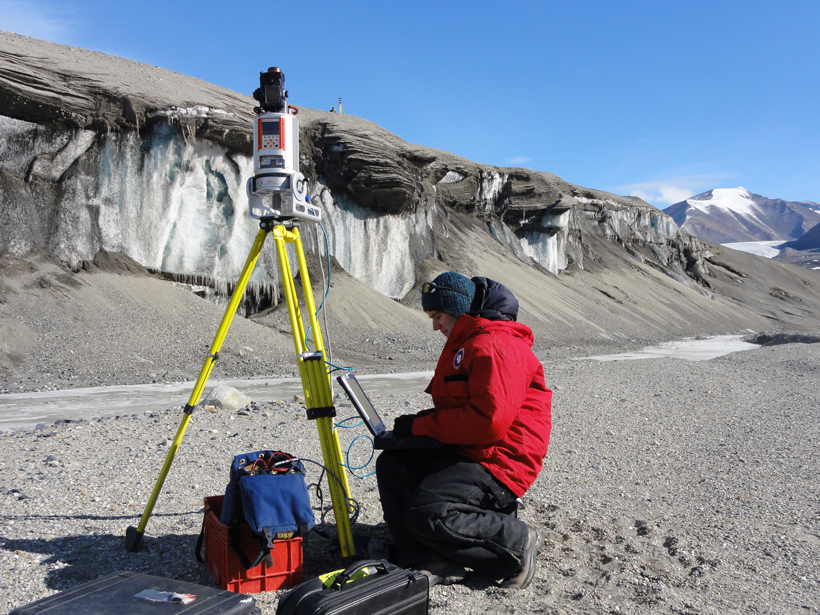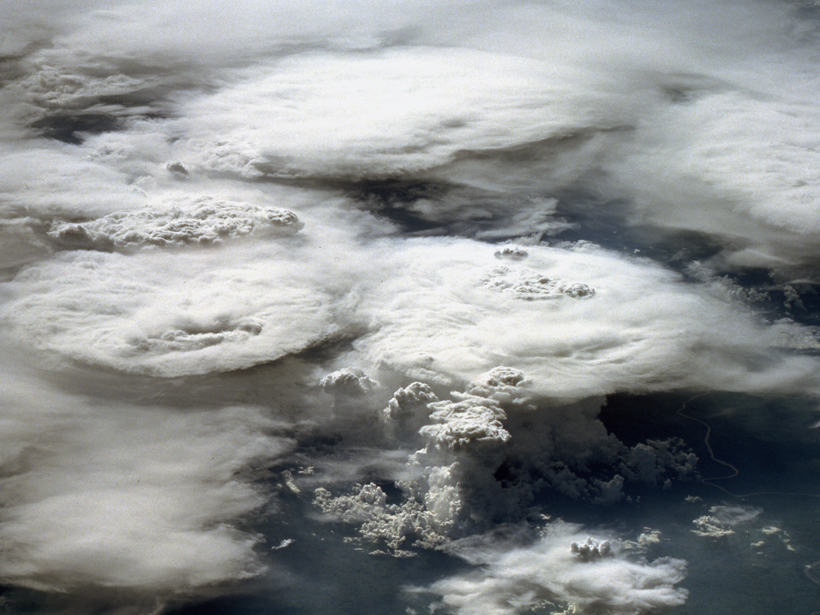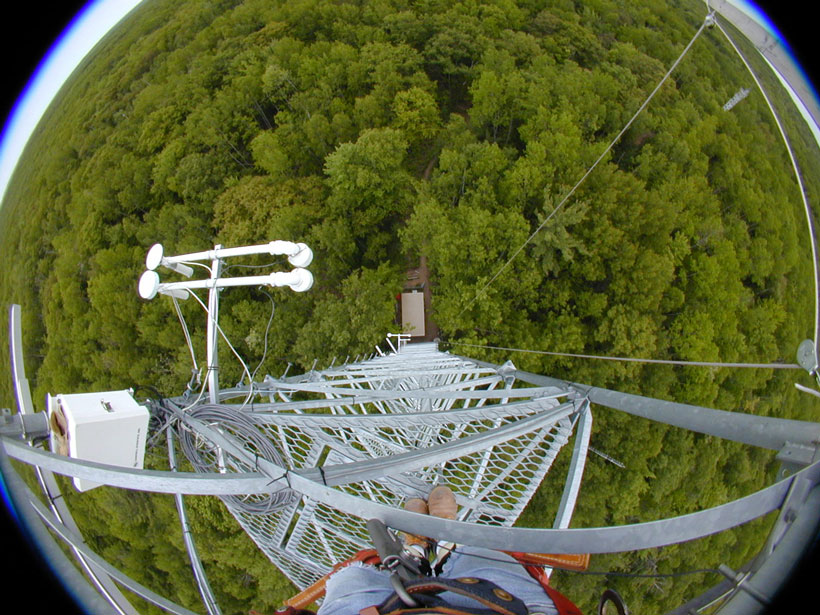Through analysis of 2014's record dryness in California, a study suggests that a risk of similar droughts depends not just on precipitation but also on temperature.
Climate Change
Connecting the Tropics to Polar Regions
Workshop on Connecting the Tropics to the Polar Regions; New York, New York, 2–3 June 2014
Tipping Point for Nuisance Coastal Flooding May Come by 2050
By midcentury, many U.S. cities along the Mid-Atlantic, Gulf, and West coasts may experience 30 or more days a year with minor flooding.
How Much Carbon Dioxide Does Sunlight Release from Lakes?
A study of more than 1000 lakes in Sweden helps model sunlight's ability to drive greenhouse gas emissions.
Renewable Energy Trend Could Help with Climate Mitigation
Analysts say that a 17% increase in global investment in renewable energy is part of a significant shift in energy trends toward addressing climate change.
California's 2012–2014 Drought Unusual for Last Millennium
Soil moisture estimates, inferred from thousands of tree rings spanning the past 12 centuries, highlight the severity of the recent record-breaking drought.
What Instruments Are Available for Polar Studies?
Instrumentation for Polar Glaciology and Geophysics Research Workshop; Baltimore, Maryland, 9–10 October 2014
Researchers Roll Clouds into Climate Modeling
As computational power grows thanks to improving techniques and technology, scientists are working toward incorporating complex systems such as clouds into global and regional climate models.
White House Submits Greenhouse Gas Emission Targets
Before the climate summit in Paris this November and December, the United States and some other countries have submitted their targets to cut emissions.
As Forests Age, Their Climate Effects Shift
The amount of moisture transpired from leaves increases for some tree species but drops on average.

